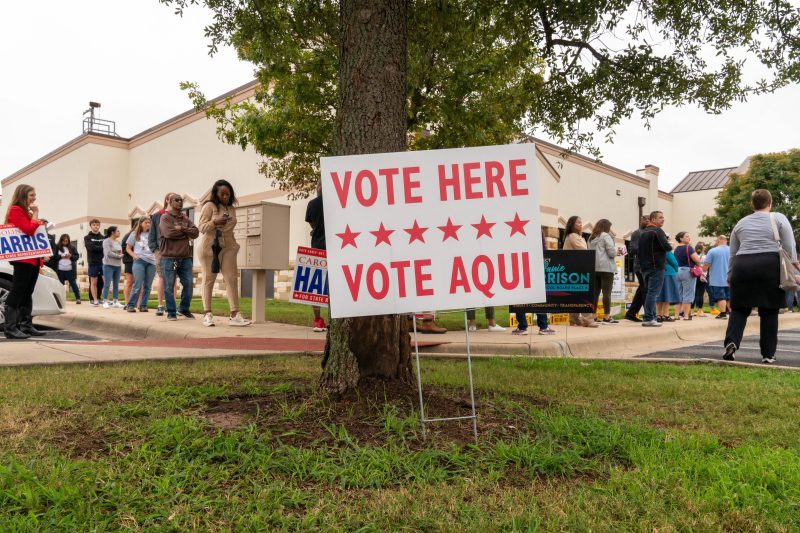A federal appeals court on Thursday made it harder for Black and Hispanic voters to form coalitions to elect the candidates they prefer in three southern states, overruling long-standing precedents.
For decades, the U.S. Court of Appeals for the 5th Circuit held that the Voting Rights Act allows voting districts that give Black and Hispanic voters the ability to elect candidates of their choice when they have common interests and can form coalitions. Voting rights advocates have praised such rulings because they allow Black and Hispanic voters to get their voices heard even when each group does not constitute a majority on its own.
After the 2020 Census, commissioners in Texas’s Galveston County drew new lines that dissolved the only coalition district in the county. The Justice Department and voters sued, and a district court judge ruled in their favor, citing the appeals court’s precedents. A panel of three appeals court judges upheld that ruling — but also called for the full appeals court to take up the issue to reverse its prior rulings.
On Thursday, the full appeals court did just that. In a 12-6 decision, it ruled the language in Section 2 of the Voting Rights Act and decisions from the Supreme Court do not require coalition districts.
“Nowhere does Section 2 indicate that two minority groups may combine forces to pursue a vote dilution claim,” the court wrote in the majority opinion.
The dissenters issued two opinions, including one that called the majority decision “atextual and ahistorical.”
“Today, the majority finally dismantled the effectiveness of the Voting Rights Act in this circuit, leaving four decades of en banc precedent flattened in its wake,” they wrote.
The case centered on the makeup of the Galveston County Commissioners Court, which consists of four county commissioners elected from districts and a county executive, called a judge, elected by the entire county. Until the new lines were drawn, Black and Hispanic residents made up a majority in one of the four commissioner districts for three decades.
In Galveston County, 58 percent of the voting-age population is White, 22.5 percent is Hispanic and 12.5 percent is Black, according to the decision. Hispanic voters are spread across the county, while Black voters are concentrated in the heart of the county.
The ruling is binding on the three states in the New Orleans-based appeals court’s jurisdiction — Louisiana, Mississippi and Texas.
The case was brought by voters with the help of branches of the NAACP and the League of United Latin American Citizens. They did not immediately say Thursday whether they planned to appeal the decision to the Supreme Court. County officials could not immediately be reached for comment.
Aaron Schaffer, Robert Barnes and Ann E. Marimow contributed to this report.








